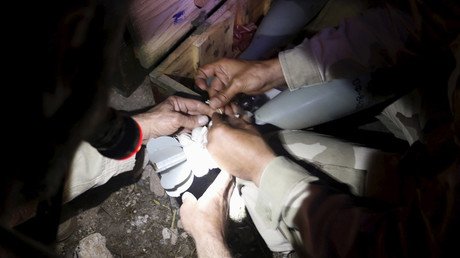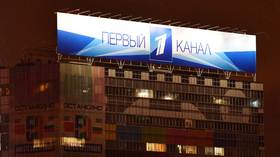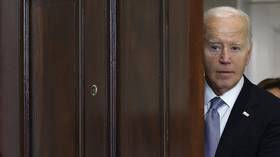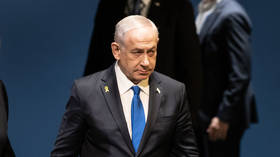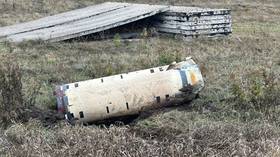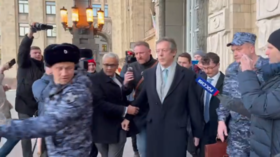Kurds launch investigation into new ISIS ‘chemical attack’ in Iraq

Kurdish authorities say that, with the help of the US–led coalition, they are investigating yet another supposed chemical attack conducted by Islamic State militants (IS, former ISIS,ISIL) against Kurdish militia fighters in Iraq.
Dozens of civilians and fighters in the Sinjar area suffered from nausea and vomiting after self-made missiles were fired at them on February 25, the Kurdistan Region Security Council claimed on its Twitter account.
The shells supposedly contained a chemical substance that caused the symptoms, it added.
We're working with @CJTFOIR to investigate another suspected chemical attack on Sinjar. #ISIL used homemade rockets in attack on 25 Feb.
— KR Security Council (@KRSCPress) February 26, 2016
The council is working on an investigation in cooperation with the US-led International Coalition for Operation Inherent Resolve, it said.
The substance used in the rockets is suspected to be chlorine, a lethal agent dating back to World War I, secretary general of the Peshmerga, Jabbar Yawar, told Reuters. The use of poison and poisonous weapons in warfare was prohibited by the Chemical Weapons Convention of 1997.
“If confirmed this will be eighth ISIL weaponized chemical attack against Peshmerga. ISIL tactics continue to become more sophisticated,” the Kurdish authority said.
This is not the first time Kurdish authorities have blamed IS for resorting to the use of chemical weapons, such as chlorine and mustard gas.
This week, lab tests confirmed that sulphur mustard was used on the battlefield in Iraq last August, affecting nearly 35 Peshmerga fighters, a source at the Organization for the Prohibition of Chemical Weapons (OPCW) told Reuters. It was the first known instance of chemical weapons use in Iraq since the fall of Saddam Hussein, the source said.
The OPCW also concluded in October that mustard gas had been used in neighboring Syria last year. It has been difficult to establish where the chemicals originated from, but specialists suspect that the mustard gas used in Syria came from an undeclared chemical stockpile, or that militants have gained the basic knowledge to develop and conduct a crude chemical attack with rockets or mortars.
READ MORE: ISIS used chemical weapons, may have more - CIA chief
The Syrian government gave up its own supply of chemical weapons under international supervision after hundreds of civilians were killed with sarin nerve gas in a Damascus suburb in 2013.
The news comes as the Iraqi militia discovered two sites with substantial stocks of plastic canisters containing Vinyltrichlorosilane (designated as “Corrosive” UN 1305) in central Iraq, not far from the city of Ramadi – a territory which was controlled by IS a short while ago. Some of the canisters were empty, meaning that they had probably already been used by the jihadists.
Earlier in February, Central Intelligence Agency (CIA) Director John Brennan stated IS had used chemical weapons on the battlefield, warning that the militant group may have more in its possession.
